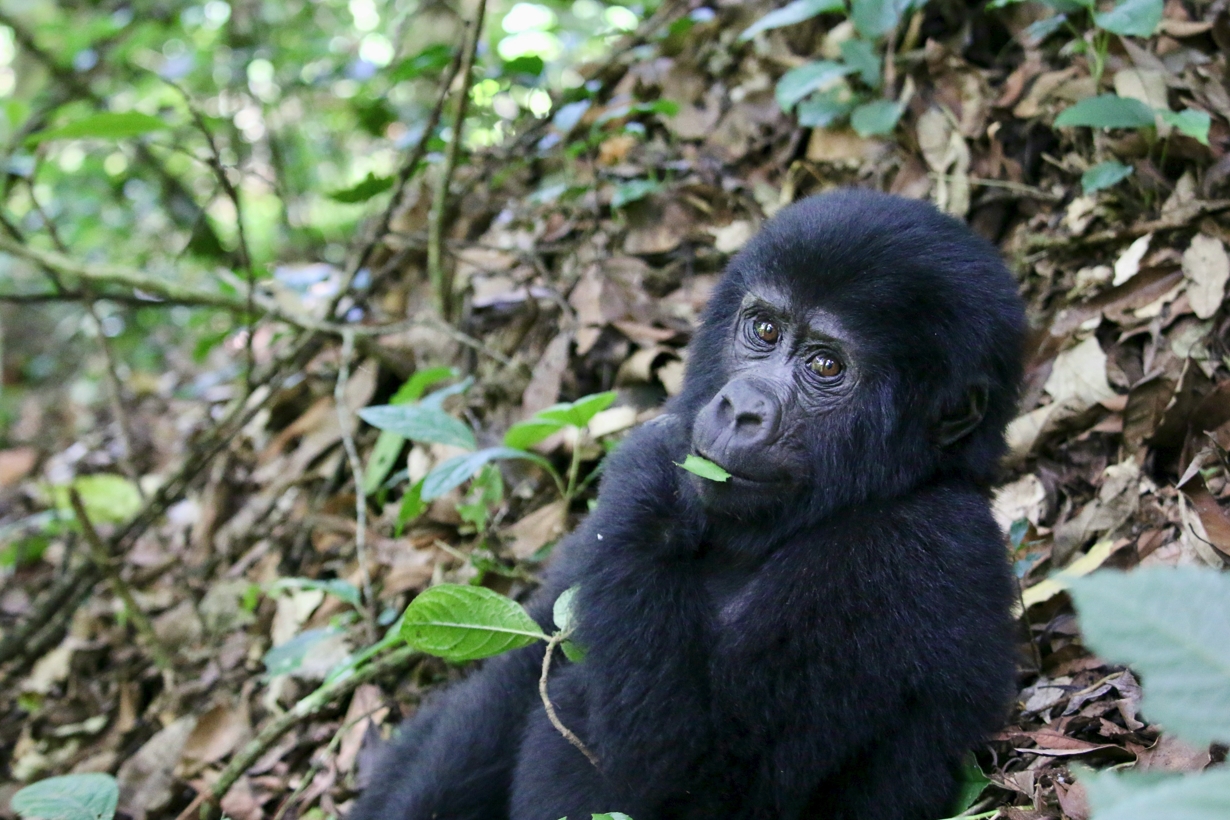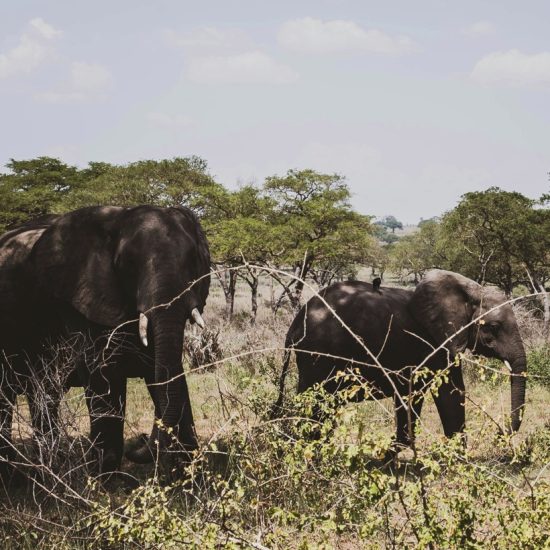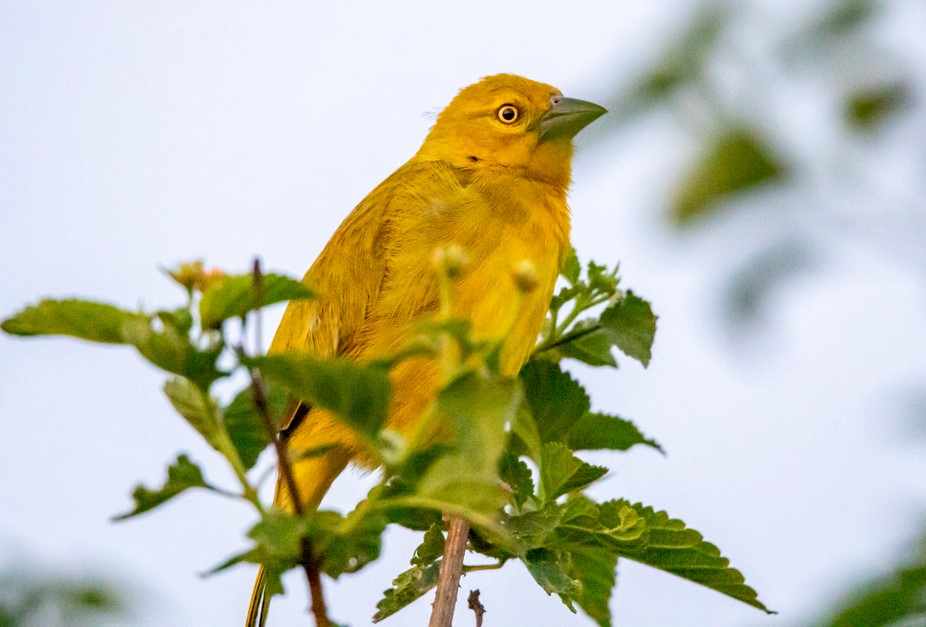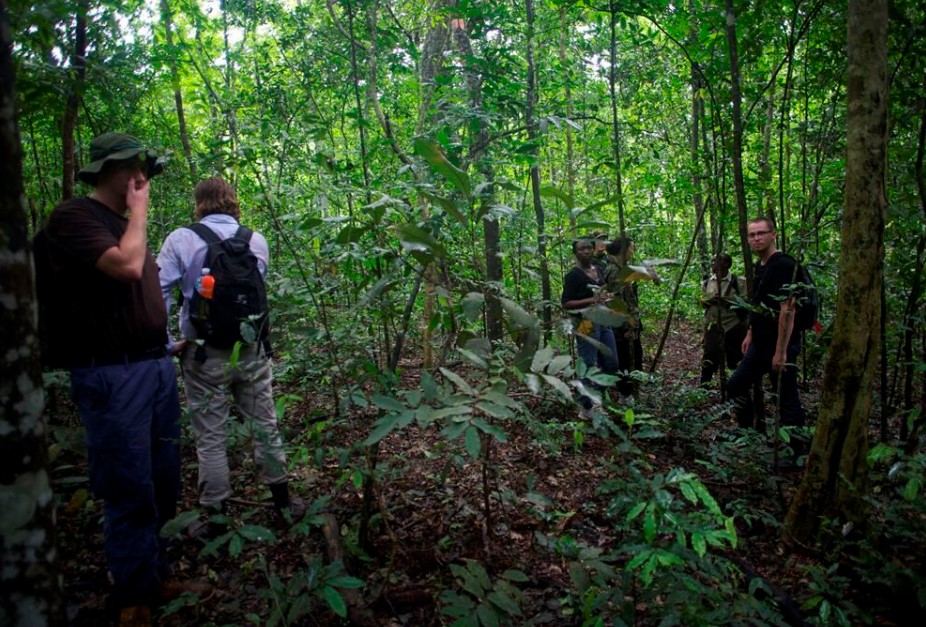
Why Bwindi is Considered the Primate Paradise
Bwindi Impenetrable National Park in Uganda is a key wildlife destination known for its primate safari experiences. The park offers stunning wildlife viewing, natural beauty, and cultural encounters. Conservation efforts by local communities, international organisations, and the Ugandan government all support the preservation of this rich forest and its biodiversity, especially for the endangered mountain gorillas and other wildlife. Bwindi is considered the Primate Paradise because it provides a haven for nature and primate lovers, showcasing Africa’s primate species along with promoting eco-tourism and sustainability. Notably, Bwindi is home to mountain gorillas, chimpanzees, and various other diurnal and nocturnal primates, all of which play an important role in maintaining the ecosystem through their interactions in the forest, making Bwindi a primate paradise.
Why is Bwindi considered the Primate Paradise
You can learn more about some of these primate species, including their social structures, habits, and contributions to the forest ecosystem, by reading the article below. This will eventually let you understand why Bwindi is considered a primate paradise.
Mountain Gorillas
Mountain gorillas are vital to Bwindi Impenetrable National Park and have been critically endangered for years. They are key to conservation strategies and attract scientific research and ecological tourism. These gorillas draw many primate fans to Uganda, as about 459 mountain gorillas, nearly half of the world’s population, live in its protected areas. Bwindi and Mgahinga National Parks are their main habitats, offering a suitable environment for them. Many gorillas have become habituated, allowing for gorilla trekking, where visitors can see them up close. This experience provides adventure and a better understanding of their behavior and social interactions, hence making Bwindi a primate paradise.
Uganda stands out as a top destination for mountain gorilla encounters for several reasons. The cost of visiting is generally lower than in other countries, making it accessible for many travelers. This accessibility helps boost tourism and supports conservation efforts. Additionally, Uganda offers more gorilla trekking permits than other locations, allowing a larger number of visitors to enjoy and contribute to the preservation of these gorillas. Overall, visiting Uganda offers a chance to engage with one of the world’s most extraordinary primate species while supporting ongoing conservation initiatives for future generations.
Chimpanzees
Humans and chimpanzees share 98% of our DNA, making them near relatives of the ape species found in Bwindi Impenetrable National Park. They are crucial for research, sustainability, and the biological importance of the forest, even though they are not as well-known as those in locations like Kibale Forest or Murchison Falls. Smaller groups of chimpanzees usually band together to develop larger social systems. To adapt to food availability and preserve social ties, they divide into smaller groups throughout the day to find food and reunite at night.
Other primates- Why Bwindi is considered the Primate Paradise
In addition to mountain gorillas, Bwindi is home to numerous other primates. In order to find mountain gorillas, tourists go on guided excursions that range from 45 minutes to five hours. Forest elephants, duikers, side-striped jackals, and primate species like L’Hoest’s monkeys, blue monkeys, red-tailed monkeys, black and white colobus monkeys, and multiple olive baboons are among the many wildlife species they would inevitably encounter along the route. Hence, a primate paradise, as all of these contribute positively to monkey conservation.
Environment and social structures
Primates from Bwindi exhibit a diverse range of habitats, behaviors, and eating patterns. They can wander between the ground and trees, and some of them live high in the canopy for protection. They are also excellent climbers. Flowers, fruits, leaves, and stems are among their food sources, which aid in their survival in the environment. Gaining knowledge about these primates demonstrates how they are connected to their surroundings and emphasizes the importance of sustainability and conservation.
Some create small communities, while others form larger, more intricate social structures. They use vocalizations, body language, and facial expressions to convey their messages. The park is home to chimpanzees, several monkey species, and endangered mountain gorillas, which draw large numbers of visitors. Apart from Bwindi, Uganda also has other primate destinations such as Kibale Forest, Budongo Forest, Bugoma Forest, and others.
Relief
The relief nature of Bwindi Impenetrable National Park is another factor that contributes to the park’s primate paradise. Bwindi Impenetrable National Park’s Mountain terrain helps support the survival of various primates, like mountain gorillas and monkeys, among others. The park’s high elevation and dense vegetation provide the ideal environment, offering shelter, food, and safety. This makes it a perfect habitat for these endangered primate species.
Habitat -Why Bwindi is Considered the Primate Paradise
Bwindi Impenetrable National Park is a unique wildlife spot located in southwestern Uganda. This ancient rainforest, over 25,000 years old, is home to about 400 plant species and shelters some of the world’s rarest animals. It is particularly famous for protecting around 459 mountain gorillas, nearly half of the global population. The park’s lush vegetation provides a safe space for various primates, including blue monkeys and L’hoest monkeys, as well as many bird species. Visitors can enjoy gorilla trekking here, getting close to these amazing primates in their natural environment.
Conservation
Bwindi is a place that provides research opportunities for scientists, conservationists, and students in the tourism field. They are especially interested in the various primate species, particularly mountain gorillas, which are closely related to humans with over 98% DNA similar to humans. The challenges facing these primates emphasize the need for their protection and conservation. Addressing these issues requires commitment to innovative solutions through research, community education, and collaboration to safeguard these species and their habitats.
In addition to Bwindi, a primate paradise, other stunning sites with a variety of primate species that offer primate enthusiasts unique experiences include Kibale Forest National Park, Budongo Forest in Murchison Falls National Park, Bugoma Forest Reserve, Kayambura Gorge, and Kalinzu Forest in Queen Elizabeth National Park, as well as Semliki Valley National Park. The grey-cheeked mangabey, blue patas, red-tailed De Brazza’s, L’hoest, red colobus, and black and white colobus monkeys are among the primate species that guests may see.







